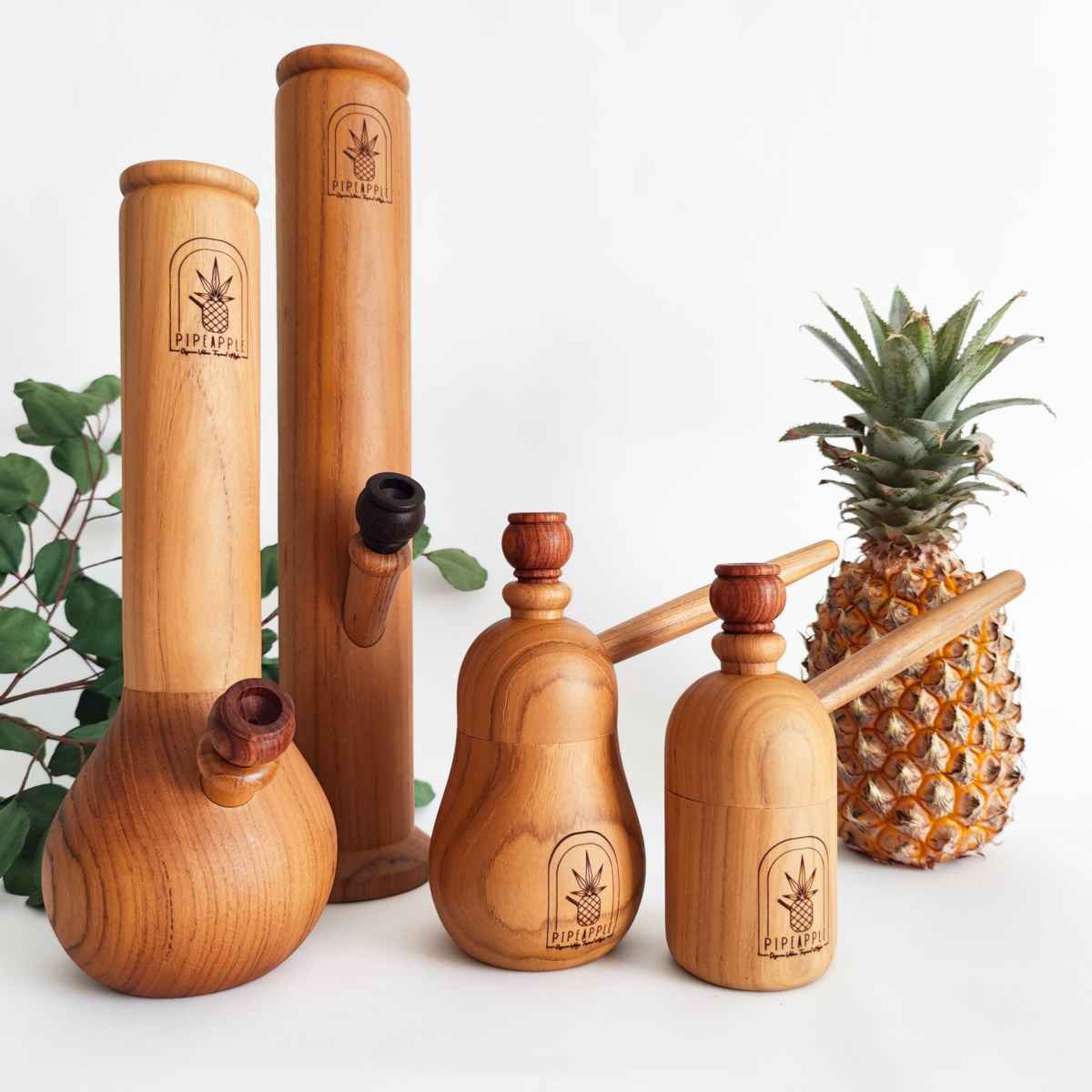In the tapestry of traditional medicine, the use of wooden bongs for medicinal purposes holds a unique place. Particularly, these artifacts reveal fascinating insights into the historical consumption of cannabis, including cannabidiol (CBD), a non-intoxicating compound recognized for its therapeutic potential. This article explores the intersection of wooden bongs and medical CBD consumption, threading together expert opinions and scientific research to understand its cultural and medicinal implications.
The Significance of Wooden Bongs in Traditional Medicine
Wooden bongs, often hand-carved from local woods, have been used by various cultures around the world. These tools are not just smoking devices but cultural symbols, used historically in ritual contexts which often included medicinal practices. The use of wooden bongs allowed for the direct inhalation of smoke from burning plant materials, believed to confer healing properties directly into the body’s system.
Personal Insight
I recall visiting a museum exhibit where a collection of ancient wooden bongs was displayed. Each piece had intricate designs that reflected the cultural significance and the ceremonial use of these bongs. It was a vivid illustration of how ancient societies might have used such tools for both healing and spiritual experiences.
Expert Views on CBD and Its Therapeutic Application
While the direct link between wooden bongs and CBD use is not extensively documented in historical texts, understanding the current medical perspective on CBD can provide insights into why such methods might have been beneficial.
Therapeutic Properties of CBD
Dr. Ethan Russo, an esteemed ethnopharmacologist, notes, “CBD has a wide range of potential therapeutic applications, and it appears to be well-tolerated by most people.” This tolerance could explain the historical preference for administering medicinal herbs via inhalation, as it provides a rapid onset of effects.
Dr. Melanie Dreher speaks to the synergy found in whole-plant medicine: “The entourage effect describes the synergy between cannabinoids, terpenes, and other compounds in cannabis that work together to produce a therapeutic effect.” This synergy could have been maximized through the traditional methods of consumption such as those involving wooden bongs.
CBD for Chronic Conditions
Dr. Joseph Maroon provides a modern perspective, “There is growing evidence that CBD can be an effective treatment for a variety of neurological conditions, such as epilepsy and multiple sclerosis.” Such evidence lends credence to the historical use of cannabis-based preparations for similar conditions, potentially administered through devices like wooden bongs.
Modern Research Supporting CBD’s Benefits
Scientific studies further elaborate on the benefits of CBD, offering a foundation for its historical uses:
- Anxiety and Sleep Disorders: A 2019 study by Shannon et al. highlighted CBD’s effectiveness in treating anxiety and sleep issues, which could correlate with historical uses of cannabis for soothing and sedative purposes.
- Epilepsy Treatment: Research like the 2016 study by Devinsky et al. on CBD’s role in treating severe epilepsy could reflect ancient practices of using cannabis for neurological benefits.
- Chemotherapy-Induced Nausea: Parker et al.’s 2016 research on CBD for chemotherapy-induced nausea supports the use of cannabis for managing nausea in traditional medicine.
Cultural and Environmental Considerations
Sustainable Practices and Cultural Preservation
Jane Doe, an environmental specialist, emphasizes the importance of sustainable practices: “When considering the historical use of wooden bongs, it’s vital to consider both the preservation of cultural heritage and the environmental impact of sourcing materials for such artifacts.” This dual consideration helps maintain ecological balance while respecting cultural traditions.
Safety and Efficacy
The historical context of using wooden bongs for administering medicinal herbs like cannabis highlights an era when natural materials were utilized for their beneficial properties. Today’s standards for medical consumption of CBD, as outlined by experts like Dr. Mark Ware and Dr. Jing-Huei Li, advocate for rigorous testing and safety protocols that ensure efficacy and minimize risks.
Conclusion: A Blend of History and Modernity
The use of wooden bongs in traditional medicine offers a fascinating glimpse into the past, providing insights into the methods our ancestors might have used to harness the medicinal properties of cannabis. Today, as modern medicine embraces CBD for its therapeutic potential, understanding these historical contexts enriches our appreciation of this powerful plant.
Reflective Thought
Reflecting on the history of wooden bongs and their medicinal uses opens up a broader conversation about how ancient wisdom can inform modern medical practices. It’s a reminder of the continuity and evolution of human health practices and the enduring quest for healing and well-being.





